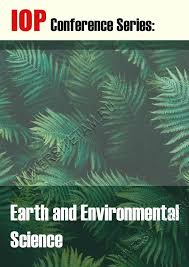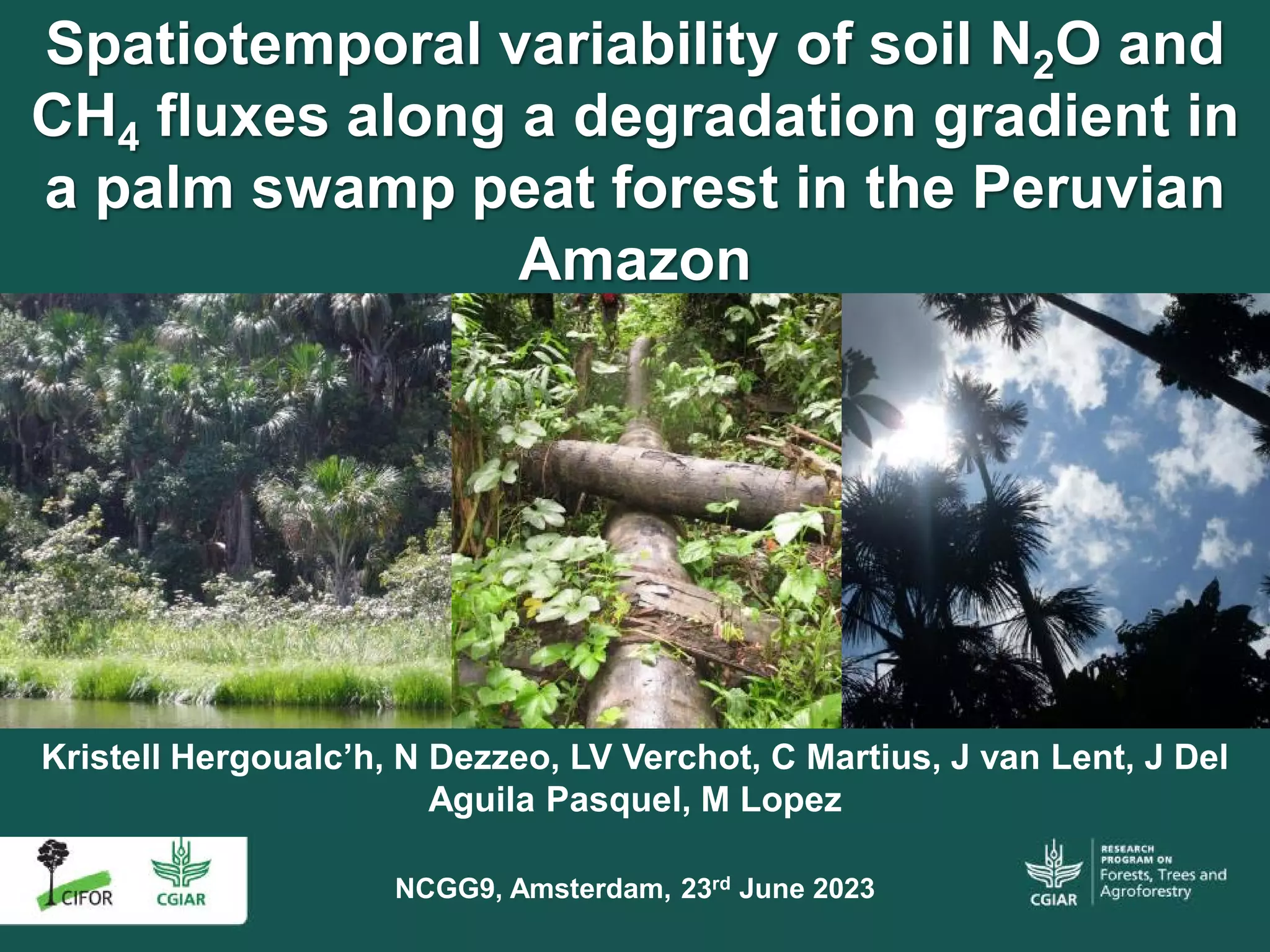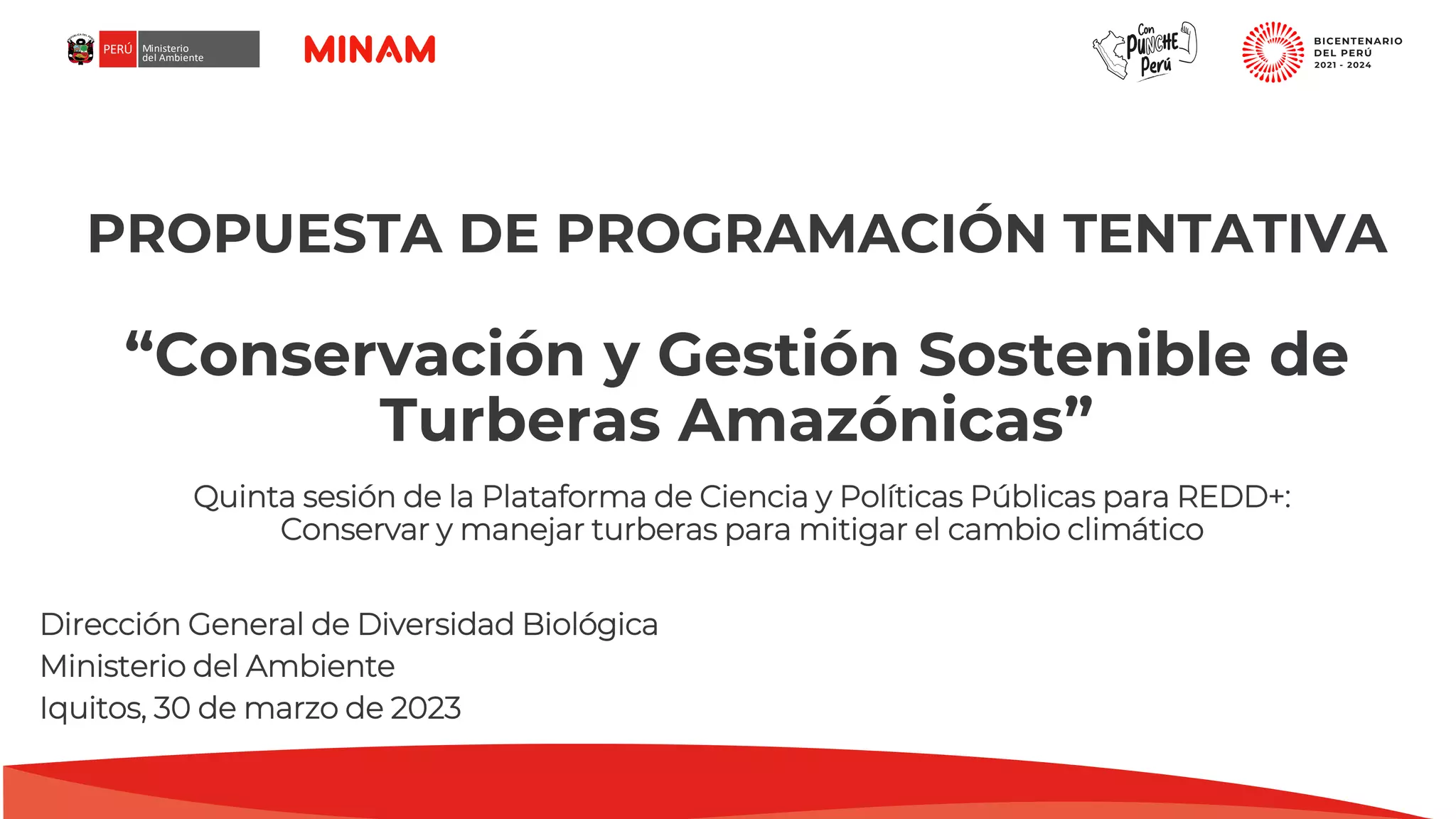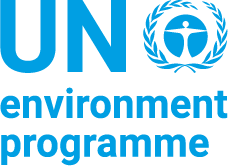
Activated carbon (AC) was produced via phosphoric acid (H3PO4) and zinc chloride (ZnCl2) chemical activation methods at 500 °C for 3 h. Tropical peat soil was used as a carbon precursor. The effects of activating agent concentrations on the microstructure and chemical properties of activated carbon were studied. Activated carbon with a high BET (Brunauer-Emmett-Teller) specific surface area (SBET) and a high total pore volume (Vpore) was produced using a 30% H3PO4 chemical activation method. The SBET and Vpore of the activated carbon at this condition were 1974 m2/g and 1.41 cm3/g, respectively. However, the activated carbon prepared using ZnCl2 activation only had a SBET of 794 m2/g and a Vpore of 0.11 cm3/g. The nitrogen adsorption-desorption isotherms of both activated carbons exhibited a combination of Type I and Type II isotherms, due to the simultaneous presence of micro- and mesopores structures. The microcrystallinity of the activated carbons was characterized using an X-ray diffractometer and a Raman Spectroscopy, respectively. The activated carbon produced using H3PO4 activation had higher crystalline properties than the activated carbon prepared using ZnCl2 activation. Thus, this article demonstrates the potential of tropical peat soil as a precursor of AC production.
Download:
 file
file

- Authors: Khadiran, T., Hussein, M.Z., Zainal, Z., Rusli, R.
- Author Affiliation: Universiti Putra Malaysia, Forest Research Institute Malaysia
- Subjects: activated carbon, carbon, chemical properties, chlorine compounds, gas adsorption, heat storage, isotherms, peat, phosphoric acid, reactor cores, soils, surface chemistry, thermal energy, tropics, zinc, zinc chloride, microcrystals, activating agents, brunauer emmett tellers, crystalline properties, microcrystallinity, nitrogen adsorption desorption isotherms, total pore volume, tropical peat soils, x ray diffractometers, chemical activation, activated carbon, chemical properties, chlorine compounds, isotherms, peat, phosphoric acid
- Publication type: Journal Article
- Source: BioResources 10(1): 986-1007
- Year: 2015
















